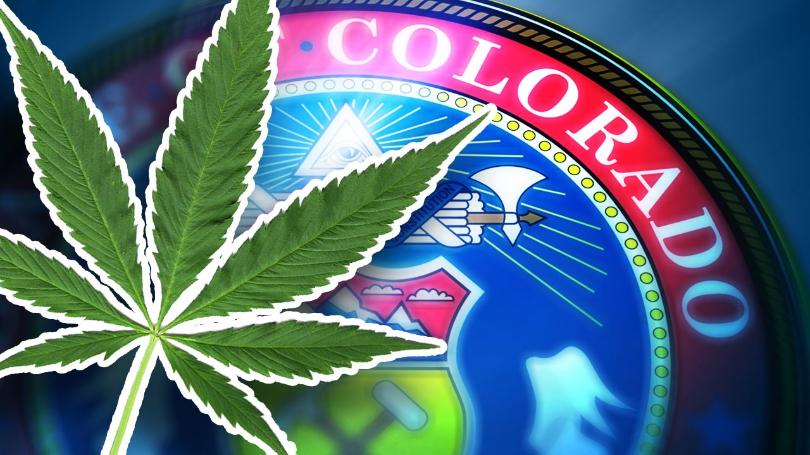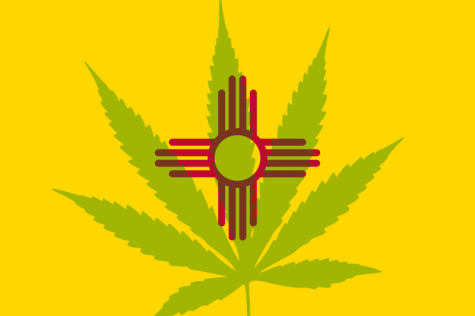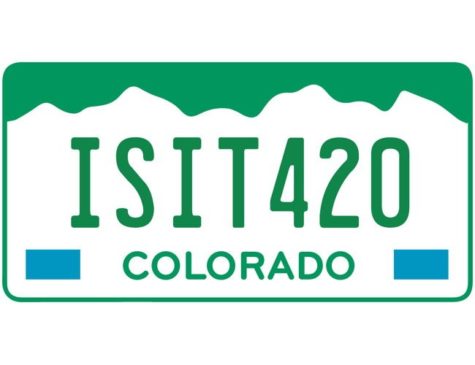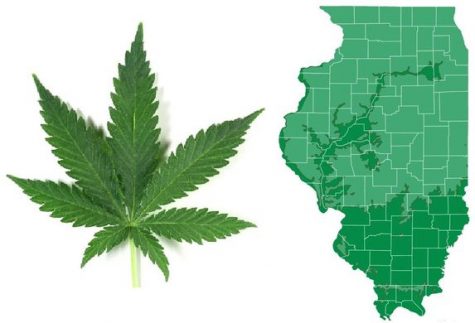Colorado rakes in $1.1 billion in adult-use cannabis sales through August
During the first eight months of 2020, Colorado’s adult-use cannabis dispensaries pulled in over $1.1 billion in transactions. This is based on recently released data, which also highlighted a drop in sales revenue throughout the month of August.
Figures published by the Department of Revenue’s Marijuana Enforcement Division (MED) confirmed that August sales of recreational cannabis in Colorado amounted to $176.5 million — a reduction from the $183 million that was recorded this past July.
In comparison with sales from previous months in 2020, August marked the first occasion on which revenue had plummeted since April. On the other hand, August still managed to be the second most lucrative month of the year for cannabis retailers in Colorado amid the coronavirus pandemic.
Medical cannabis retailers recorded more than $42 million in transactions this past August, bulking up the total revenue accrued so far this year to more than $292.5 million. This is impressive considering the fact that since COVID-19 broke out, tourism levels had dropped and travel restrictions were imposed. Consequently, this reduced money-making opportunities for many vendors around the state.
Bringing recreational cannabis into the mix, consumers in Colorado have forked out approximately $1.42 billion on the green stuff so far in 2020. To put things into perspective, this year’s figures to-date have already surpassed revenue accrued from recreational cannabis sales throughout the entire of 2019.
The market is experiencing such exponential growth that analysts feel confident about the combined markets – recreational and medical – successfully raking in $2 billion this year. Previously, analysts from data firm BDSA didn’t anticipate the market would swell to this magnitude until 2024.
MED releases report on Colorado’s cannabis market
Additional insights into Colorado’s cannabis market were recently released by the Marijuana Enforcement Division (MED) of the Colorado Department of Revenue. Published on Monday, October 19, the report highlighted a handful of key themes that are noticeable in the state’s well-established markets.
The analysis was compiled by MPG Consulting (formerly known as the Marijuana Policy Group) in collaboration with Colorado Boulder’s Leeds School of Business. Here’s an overview of the findings:
- Regulated product pricing has slumped and demand for regulated products has sunk.
- Product potency is increasing and consumer demand has moved in the direction of concentrated cannabis.
- Supply patterns, the cost of cannabis in Colorado and industry consolidation spanning 2019 suggest that the regulated legal market – now seven years strong – is entering a new stage of maturance.
- Operators are learning to become more cooperative within Colorado’s legal cannabis marketplace, which has almost tripled in size over the last six years.
Colorado’s cannabis sales remained steady throughout September
Despite the fact that Colorado’s cannabis sales revenue had declined slightly between the months of July and August, the market seemed to have recovered by September. After observing the state of Colorado’s cannabis tax revenues for September, we can begin to understand that month-over-month (MoM) sales climbed two percent and Year-over-Year (YoY) sales climbed 44 percent; bringing the total monthly revenue to $223.9M.
Of that amount, medical cannabis revenues came in at $46.2M with a 10 percent MoM increase and 58 percent YoY growth, while recreational cannabis revenue was $177.2M with a one percent MoM increase and 47 percent YoY growth.
Average cardholder expenditure for medical cannabis during September grew to $548; an increase from the $502 that was spent on cards in August. Comparatively, patients spent $348 on medical cannabis cards in Colorado during the month of September 2019. By the end of September 2020, the number of cardholders had climbed to 84.6K from the 84.2K recorded in August.
It should be noted that not every patient makes a purchase during any given month and therefore these calculations could be higher during months when patients are more actively involved in the medical cannabis program.












